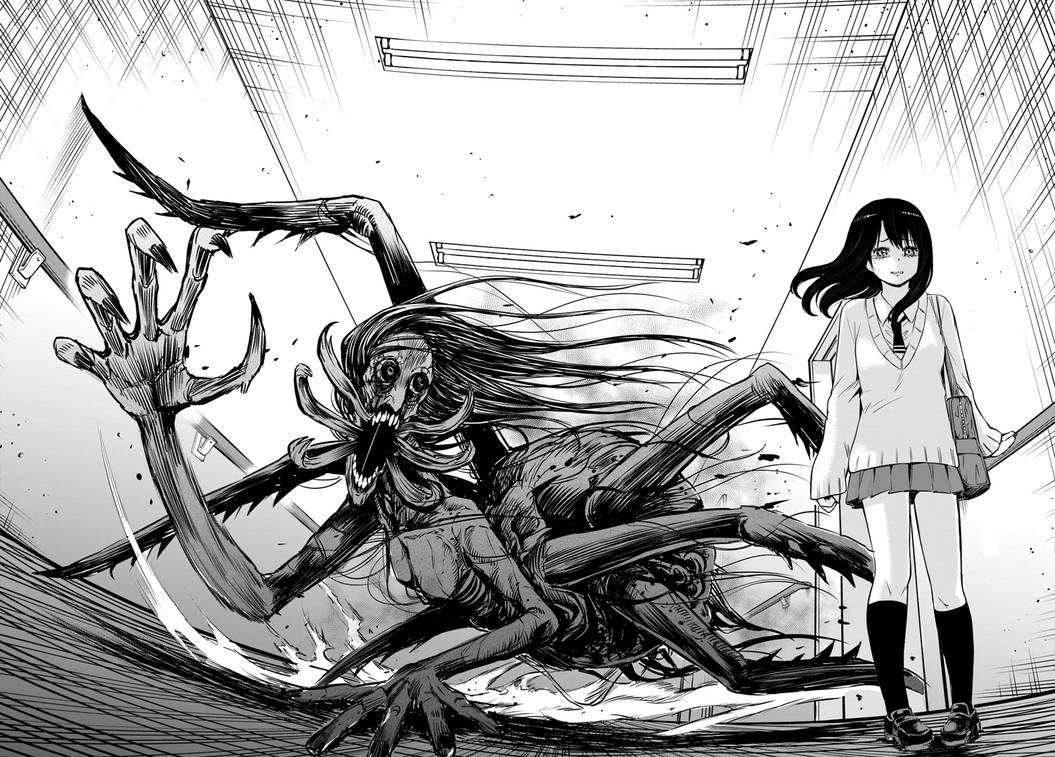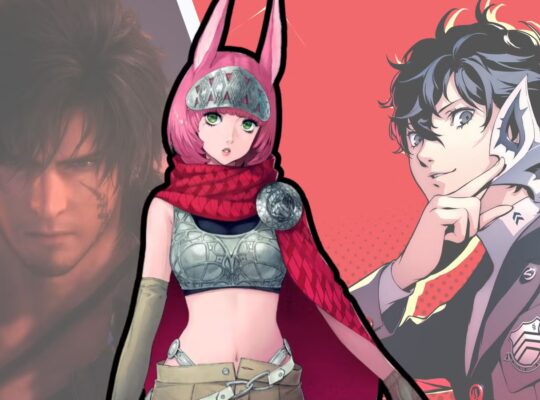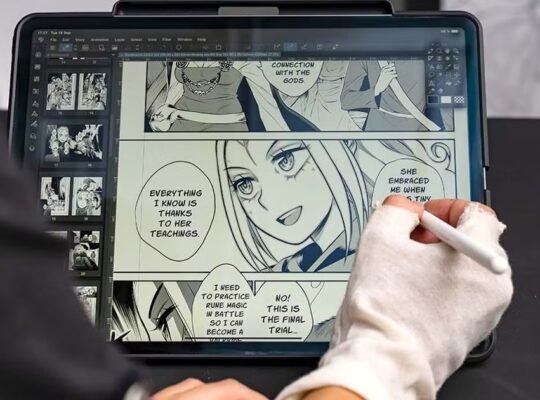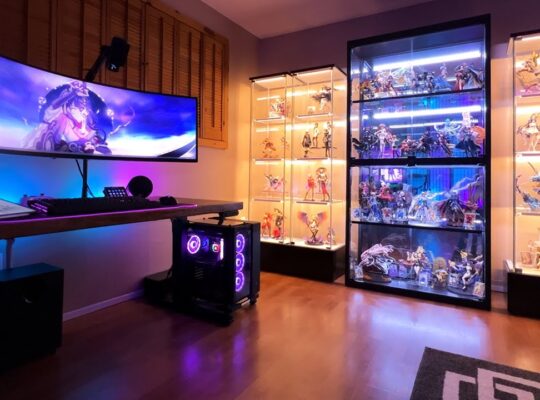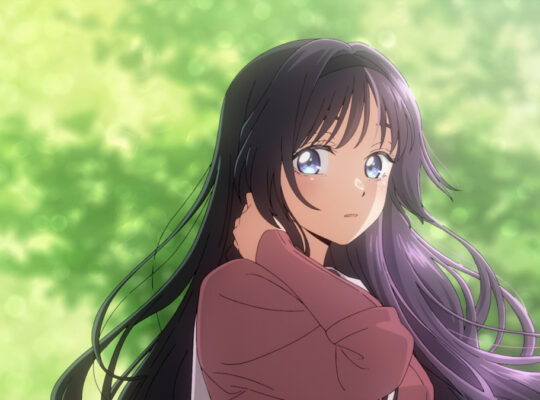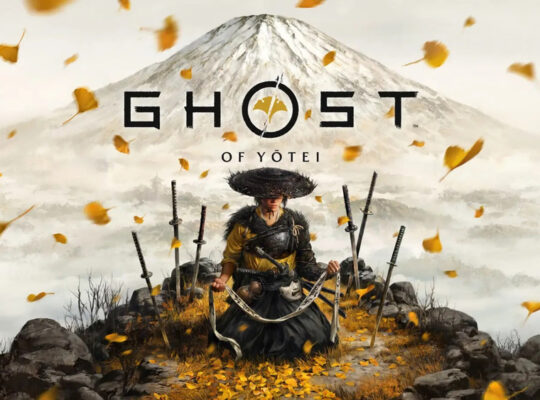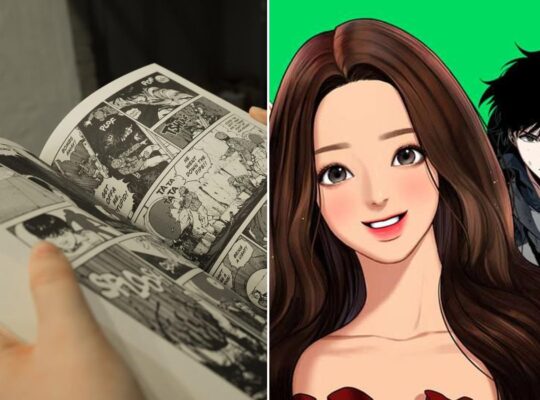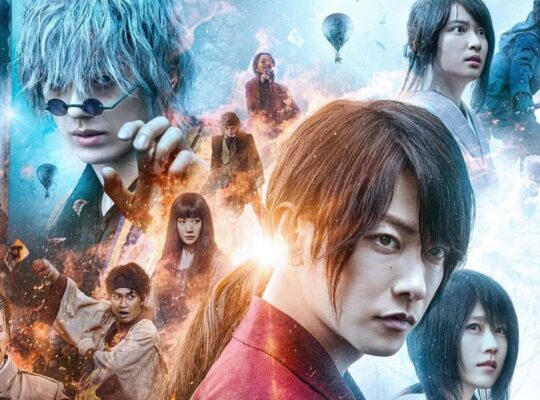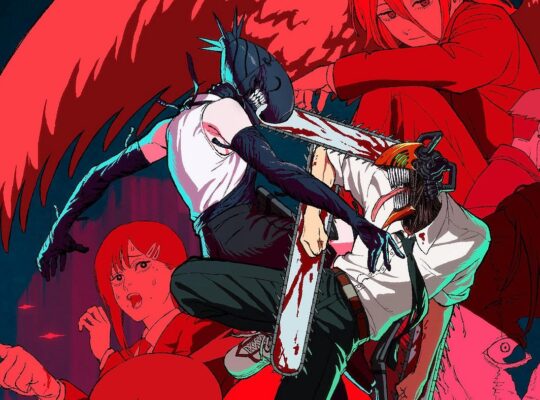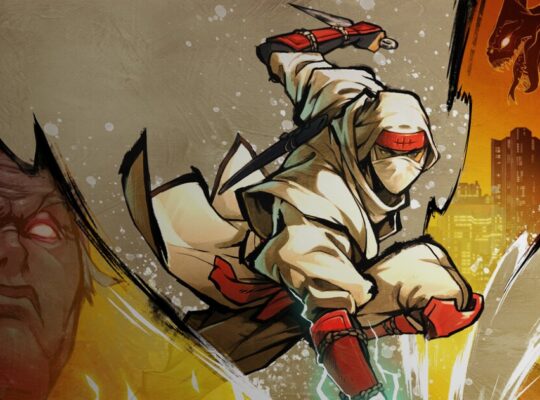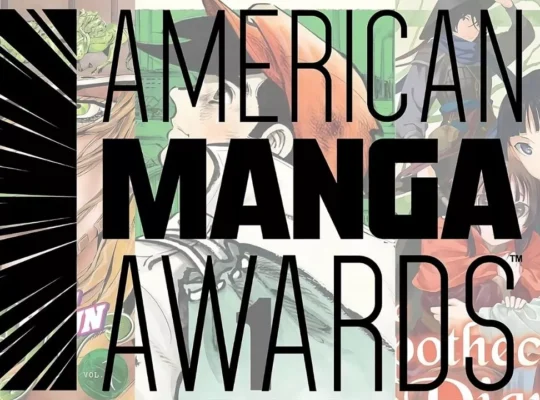There’s something uniquely unsettling about reading a horror manga alone at night. No jump scares. No creepy background score. No Hollywood-budget CGI. Just ink, paper, and pure psychological terror that seeps into your mind and refuses to leave.
If you’ve ever flipped through a page of Uzumaki by Junji Ito or felt chills after reading The Drifting Classroom by Kazuo Umezu, you know exactly what we’re talking about. While horror movies often rely on sound and visual tricks, horror manga hits differently—and arguably, hits harder.
Let’s break down why this genre thrives so terrifyingly well on the manga page, and spotlight two of its greatest architects of fear.
The Silent Scream: Why Horror Manga Gets Under Your Skin
Unlike films, manga doesn’t scream in your face. It whispers. It lingers.
You Control the Pace
In a horror movie, the director decides the rhythm—when the jump scare hits, when the monster appears, when the soundtrack spikes. In manga, you decide when to turn the page. That means the tension builds based on your anticipation. The silence between panels makes your imagination do the heavy lifting, creating dread that is personal and internal.
A still image, frozen in time, can be more terrifying than a fast-paced chase scene because you’re stuck with it. You stare. You absorb the horror at your own pace. And sometimes, turning the page is the scariest decision you’ll make all night.
The Imagination Gap
Manga lets your mind fill in the blanks. The violence, the screams, the dread—it’s all happening in your head. That gap between what’s shown and what’s suggested is often more powerful than a full-frontal monster reveal.
Plus, black-and-white art adds to the eeriness. Shadows feel heavier. Expressions more desperate. Without the gloss of high-definition color, horror manga feels raw and stripped-down—almost like reading someone’s nightmare.
Junji Ito: The Master of Unease
When people think of horror manga, one name comes up almost immediately: Junji Ito. And for good reason.
Ito’s work is horrifying not just because of its grotesque visuals, but because of its conceptual horror. Take Uzumaki—a story where an entire town becomes obsessed with spirals. Yes, spirals. By the time you’re halfway through, even your shampoo bottle logo starts looking suspicious.
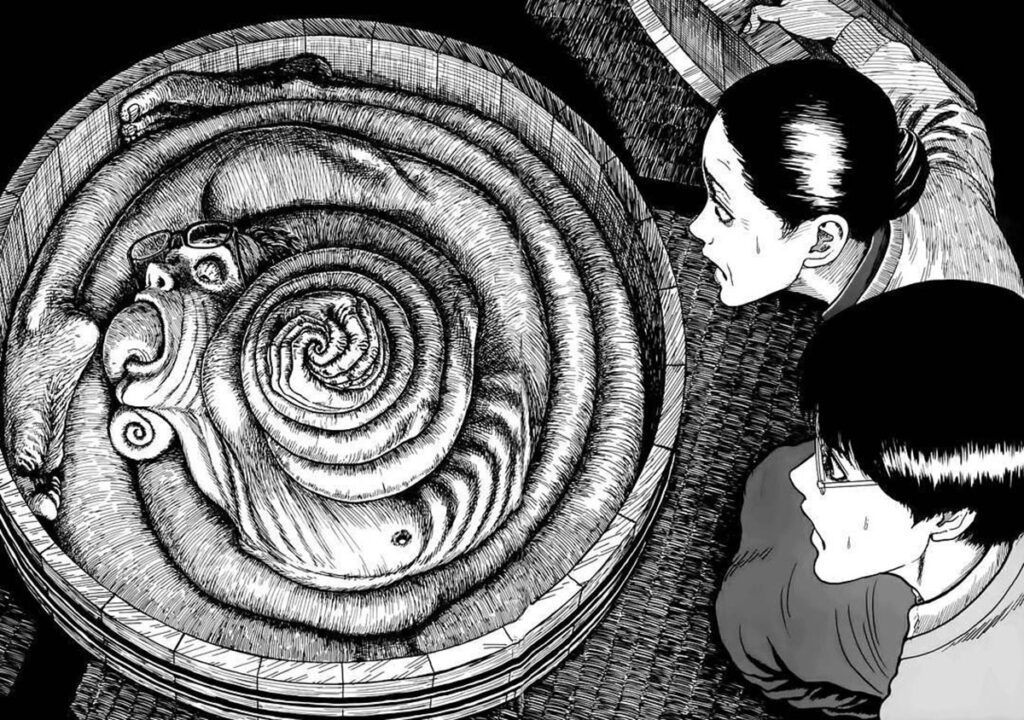
In The Enigma of Amigara Fault, Ito taps into claustrophobia, identity, and fate—all using simple yet haunting illustrations. His characters are often trapped by forces they can’t understand, let alone fight.
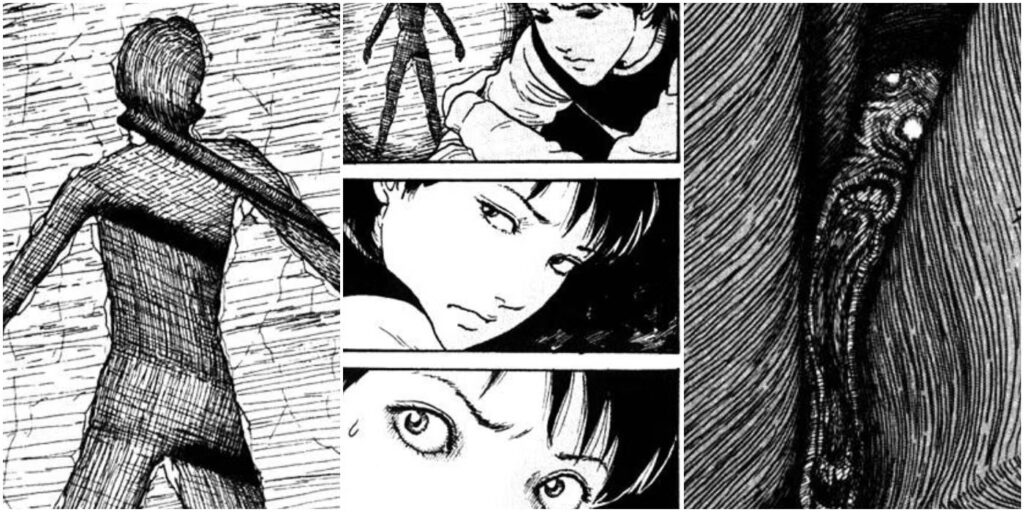
Ito’s art style is hyper-detailed, especially when things go from normal to nightmarish. He draws faces melting, bodies warping, and expressions of terror with such precision that it makes your spine tingle. The contrast between calm and chaos in his panels is jarring—and that’s the point.
Kazuo Umezu: The Godfather of Japanese Horror Manga
Before Ito was keeping us up at night, Kazuo Umezu was already scarring a generation of readers in the ‘70s and ‘80s.
The Drifting Classroom and Apocalypse Through a Child’s Eyes
In The Drifting Classroom, a school is mysteriously transported to a wasteland where the students must survive horrific events. What makes Umezu’s horror stand out is how he filters terror through childlike innocence. There’s a surreal tragedy in watching kids try to process extreme fear and death.
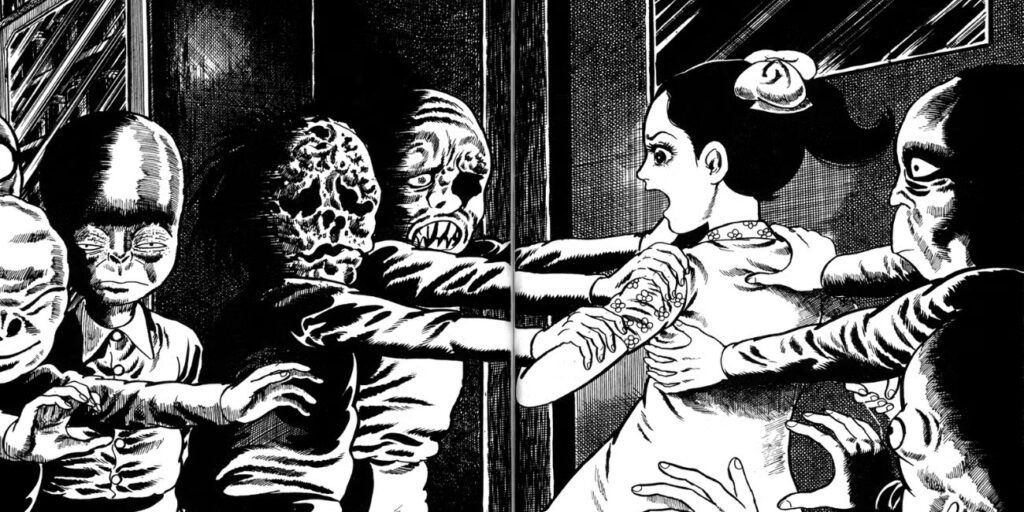
Unlike Ito, who leans into cosmic and body horror, Umezu’s fear comes from moral collapse and emotional trauma. The world doesn’t need to be full of monsters to be terrifying—it just needs to stop making sense.
Umezu’s signature “scream faces” have become iconic. Wide eyes, jagged mouths, twisted expressions—they’re not realistic, but they amplify panic and emotion in a way few artists can. Even his panel layouts feel chaotic and urgent, like a visual panic attack.
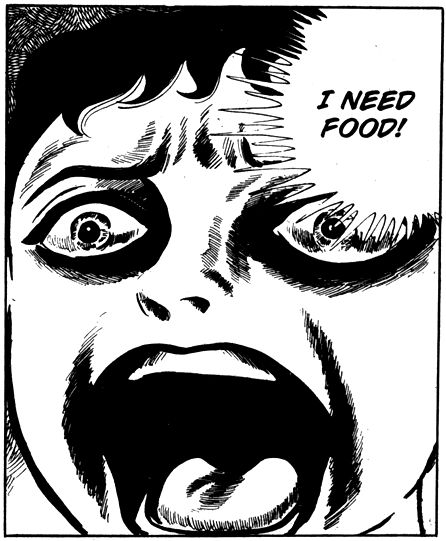
Modern Horror Manga: The Legacy Continues
Thanks to Ito and Umezu, horror manga has evolved into a robust, diverse genre. Creators like Shuzo Oshimi (The Flowers of Evil), Hideshi Hino, and even crossover works like Tokyo Ghoul carry the torch, blending psychological horror, gore, and tragedy into unforgettable experiences.
And let’s not forget: horror manga has now entered global pop culture. Junji Ito’s art collections are bestsellers. Netflix adaptations are in the works. Horror manga is no longer niche—it’s international nightmare fuel.
Final Thoughts: Read at Your Own Risk
If you’ve ever thought, horror manga can’t be that scary—it’s just drawings, then please go read Tomie, The Drifting Classroom, or even one chapter of Gyo and get back to us.
Horror manga doesn’t need loud sounds or flashy effects—it thrives on the quiet dread, the slow burn, the image that haunts you long after you close the book.
And maybe, just maybe, the scariest part is that you chose to turn the page.

